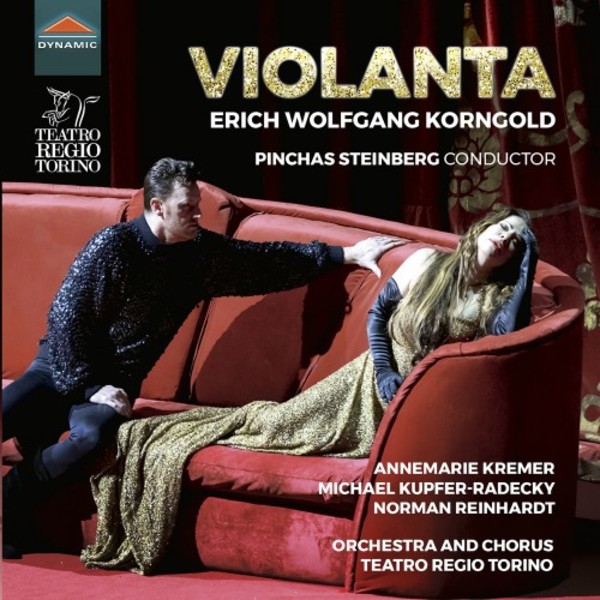
Korngold- Violanta
£13.25
In stock - available for despatch within 1 working day
Despatch Information
This despatch estimate is based on information from both our own stock and the UK supplier's stock.
If ordering multiple items, we will aim to send everything together so the longest despatch estimate will apply to the complete order.
If you would rather receive certain items more quickly, please place them on a separate order.
If any unexpected delays occur, we will keep you informed of progress via email and not allow other items on the order to be held up.
If you would prefer to receive everything together regardless of any delay, please let us know via email.
Pre-orders will be despatched as close as possible to the release date.
Label: Dynamic
Cat No: CDS7876
Format: CD
Number of Discs: 1
Genre: Opera
Release Date: 19th June 2020
Contents
Artists
Annemarie KremerMichael Kupfer-Radecky
Norman Reinhardt
Peter Sonn
Soula Parassidis
Anna Maria Chiuri
Joan Folque
Cristiano Olivieri
Gabriel Alexander Wernick
Eugenia Braynova
Claudia De Pian
Orchestra e Coro Teatro Regio Torino
Conductor
Pinchas SteinbergWorks
Violanta, op.8Artists
Annemarie KremerMichael Kupfer-Radecky
Norman Reinhardt
Peter Sonn
Soula Parassidis
Anna Maria Chiuri
Joan Folque
Cristiano Olivieri
Gabriel Alexander Wernick
Eugenia Braynova
Claudia De Pian
Orchestra e Coro Teatro Regio Torino
Conductor
Pinchas SteinbergAbout
Error on this page? Let us know here
Need more information on this product? Click here